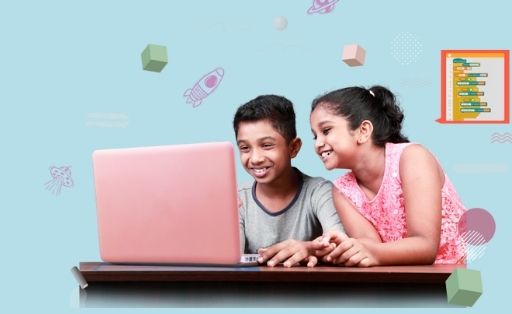The demand for computer programming and coding skills is rising in the current job market. This is expected to change in the next decades as software developers and coders become more in-demand. Government statistics predict that computing jobs grow two-time more than non-computing jobs, with coding becoming the most desired skill set.
This explains why parents have increasingly ditched art classes and weekend football in favor of coding lessons for their kids. More schools have also integrated coding classes into their education systems. Like other parents, you might be wondering how you can introduce your kids to coding. Below are some practical tips.

Contents
1. Know the Best Age for Kids to Start Coding
Parents, teachers, and instructors should know the best age to introduce kids to programming. While there is no specific answer to this, most kids above seven years can easily grasp coding concepts and basic programming tasks. Children below seven years may struggle and easily lose interest.
However, this doesn’t mean that young kids cannot learn to code. Based on several randomized trials, kids above seven years have improved their reading and comprehension skills, have a better attention span, and their interest starts peaking.
2. Identify the Best Tools and Coding Languages for Kids
Introducing kids to coding languages immediately will make the learning process difficult. Therefore, start by using kid-friendly software that favors kids’ learning curves. Most developers prefer Scratch, which allows kids and teenagers to understand coding basics through simple commands. Kids can build small games, animated videos, and interactive stories by moving a few blocks.
You can also use Blockly, a platform that resembles an Application Programming Interface. This platform allows kids to create their language instead of using preset languages. You should then introduce real coding languages as they advance their knowledge. However, not all programming languages are perfect for kids and beginners.
Therefore, you should identify the best coding language to teach advanced kids. Fortunately, unlike adults, kids shouldn’t stick exclusively to one language, especially since the basic concepts of one language can overlap with others. This makes it easier for them to flip between multiple coding platforms.
Like adult beginners, young kids should begin with Python and Scratch coding languages. However, as they grow older, you should choose a language that suits their interests. For instance, kids who love robotics can benefit from Lua, while Java is best for Minecraft enthusiasts. Regardless of your preferred language, coding for kids at this age should be fun.
3. Familiarize With Common Coding Terms
Coding has some specific terms that should be used. Teaching your kids using everyday words may not pass through your exact message, making it necessary to use programming terminologies. If you don’t learn and familiarize yourself with these terms, you can easily confuse your learners.
Kids will also enjoy using terms that other people don’t understand. Common terms to get familiar with include;
- Coding algorithms
- Arithmetic operators
- Conditional statements
- Functions
- Loops
- Binary numbers
- Argument
- Autonomous
- Augmented reality
- Scripts and machine learning
4. Introduce Your Kids to Computers
Learning coding won’t be complete if you don’t introduce your kids to computers. Programming is practical and needs intense practice. Therefore, apart from introducing kids to theoretical knowledge, you should allow them to interact with these tasks. Besides, they can easily get bored of theories if you don’t let them put what they’ve learned to practice.
Fortunately, you can use several tools to facilitate hands-on learning. Several devices, such as the Raspberry Pi 4 and Dash, can make learning to code fun. They are engaging, playful, and help kids exercise their knowledge.
